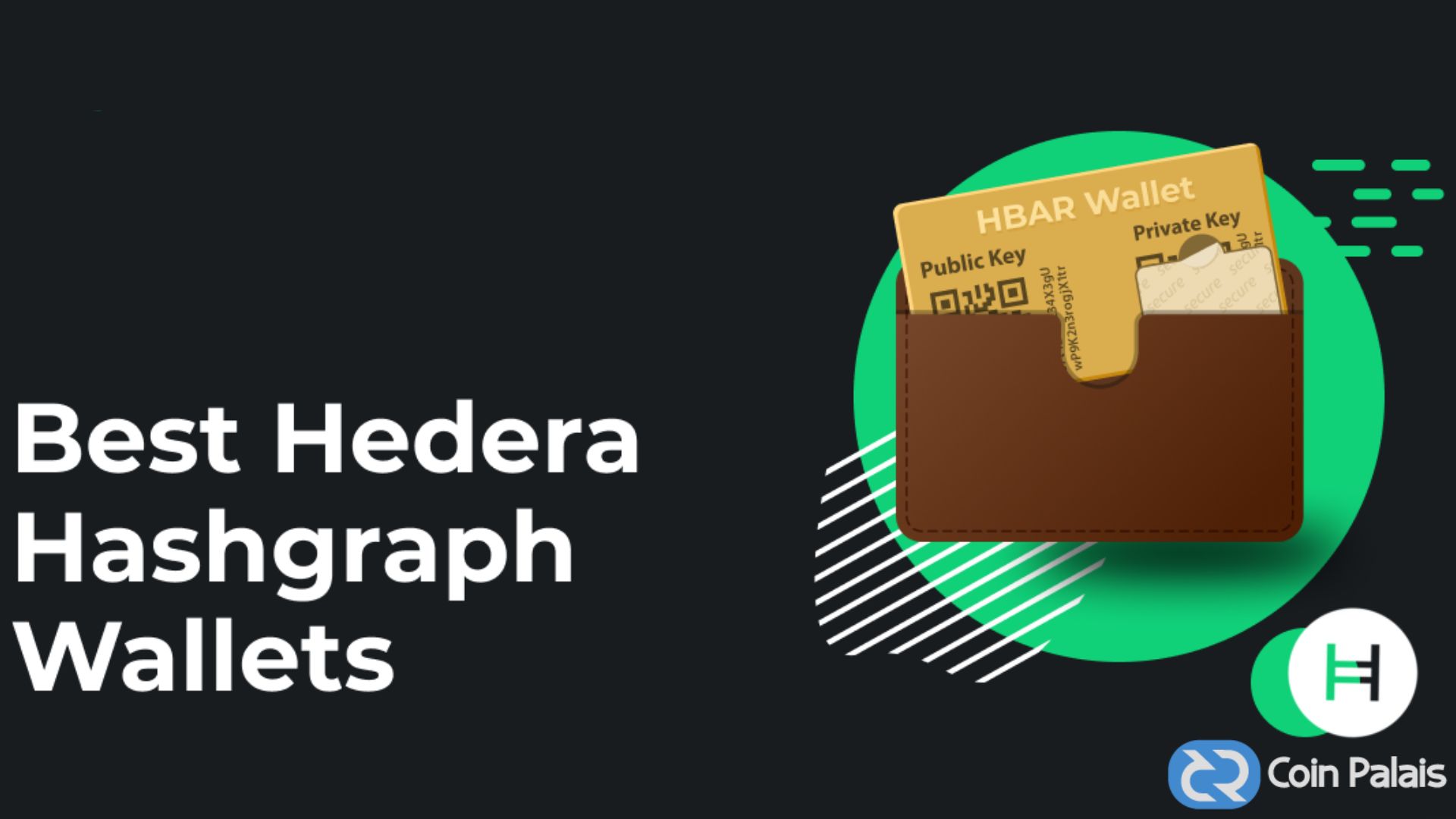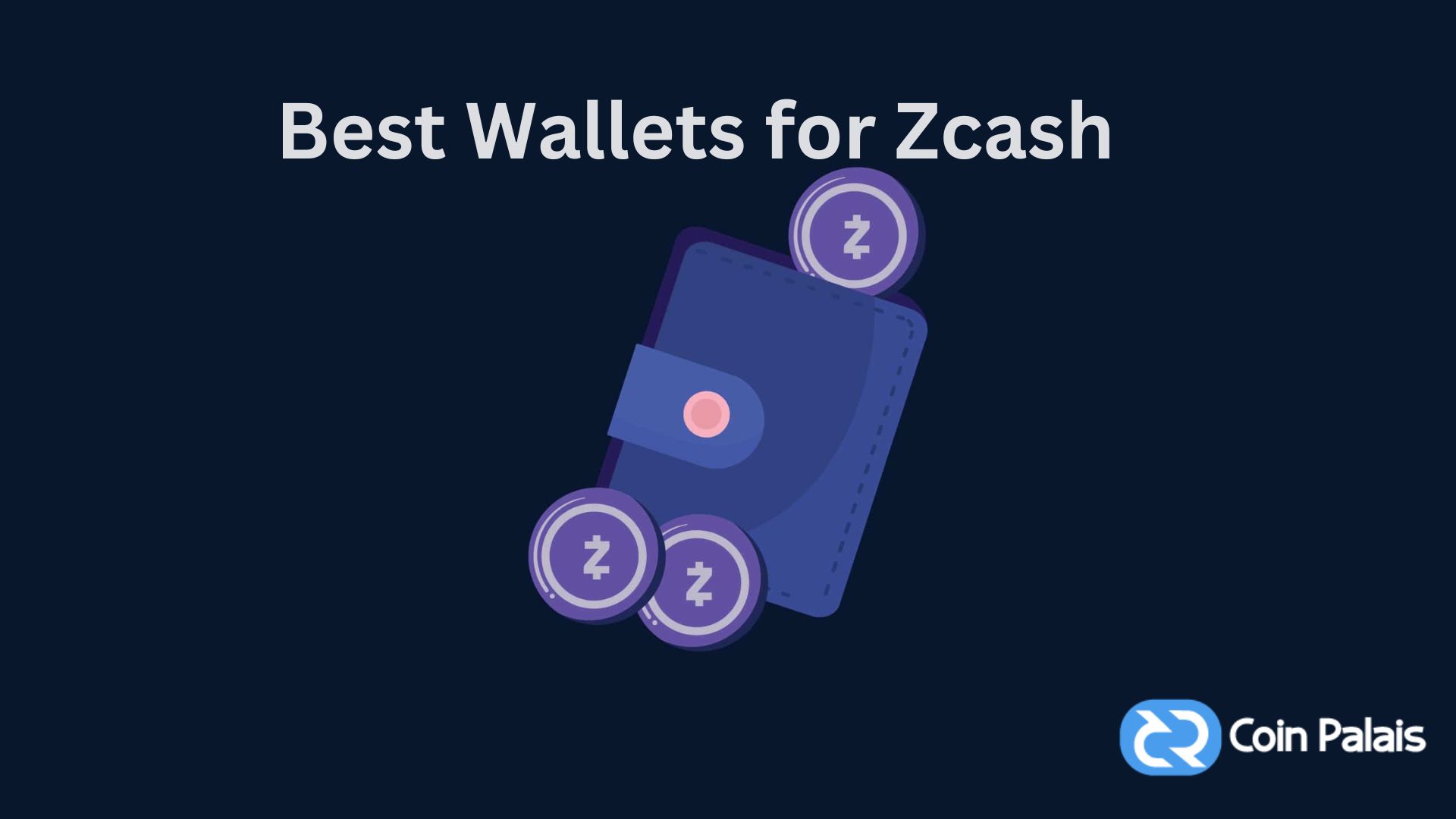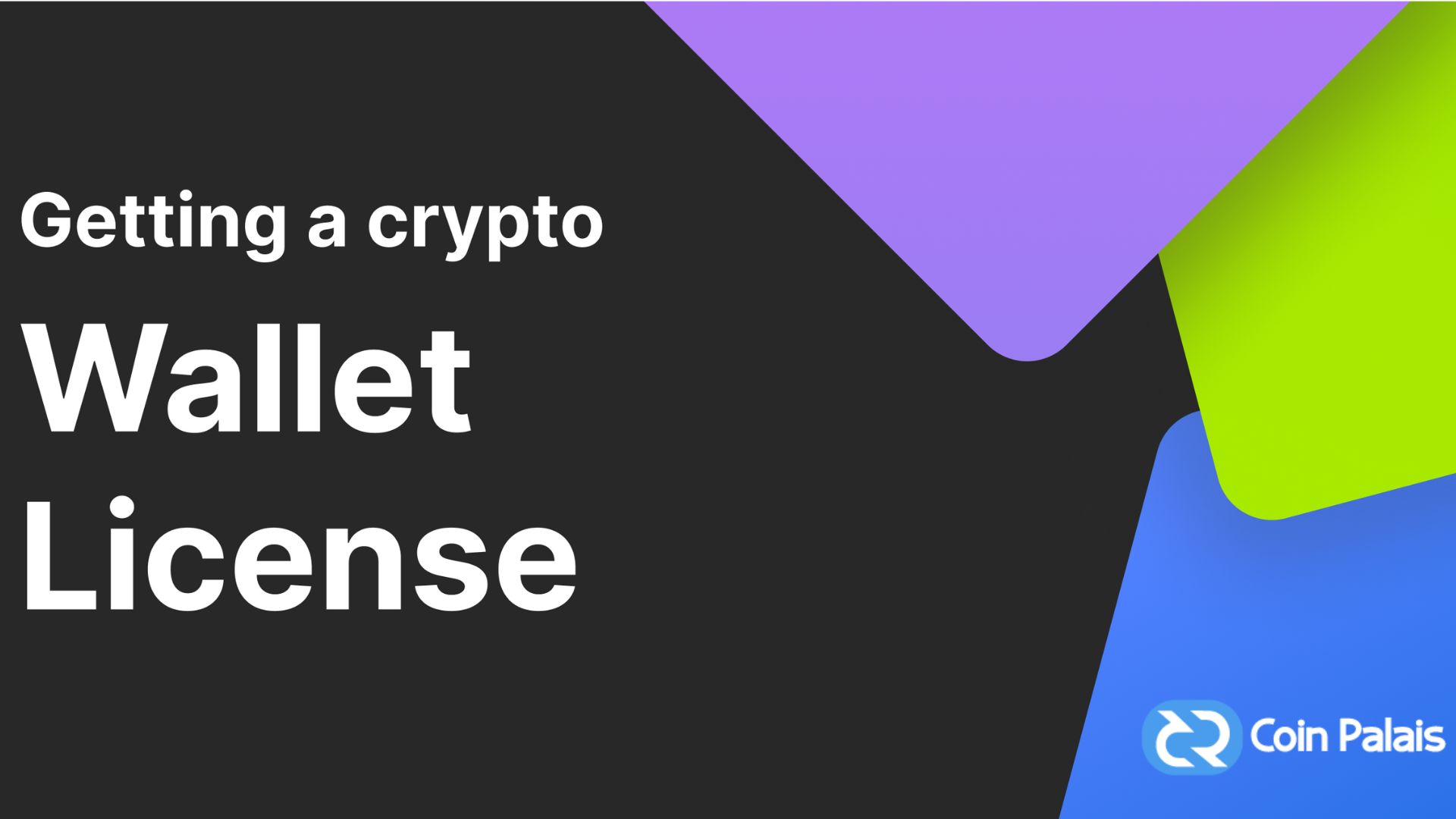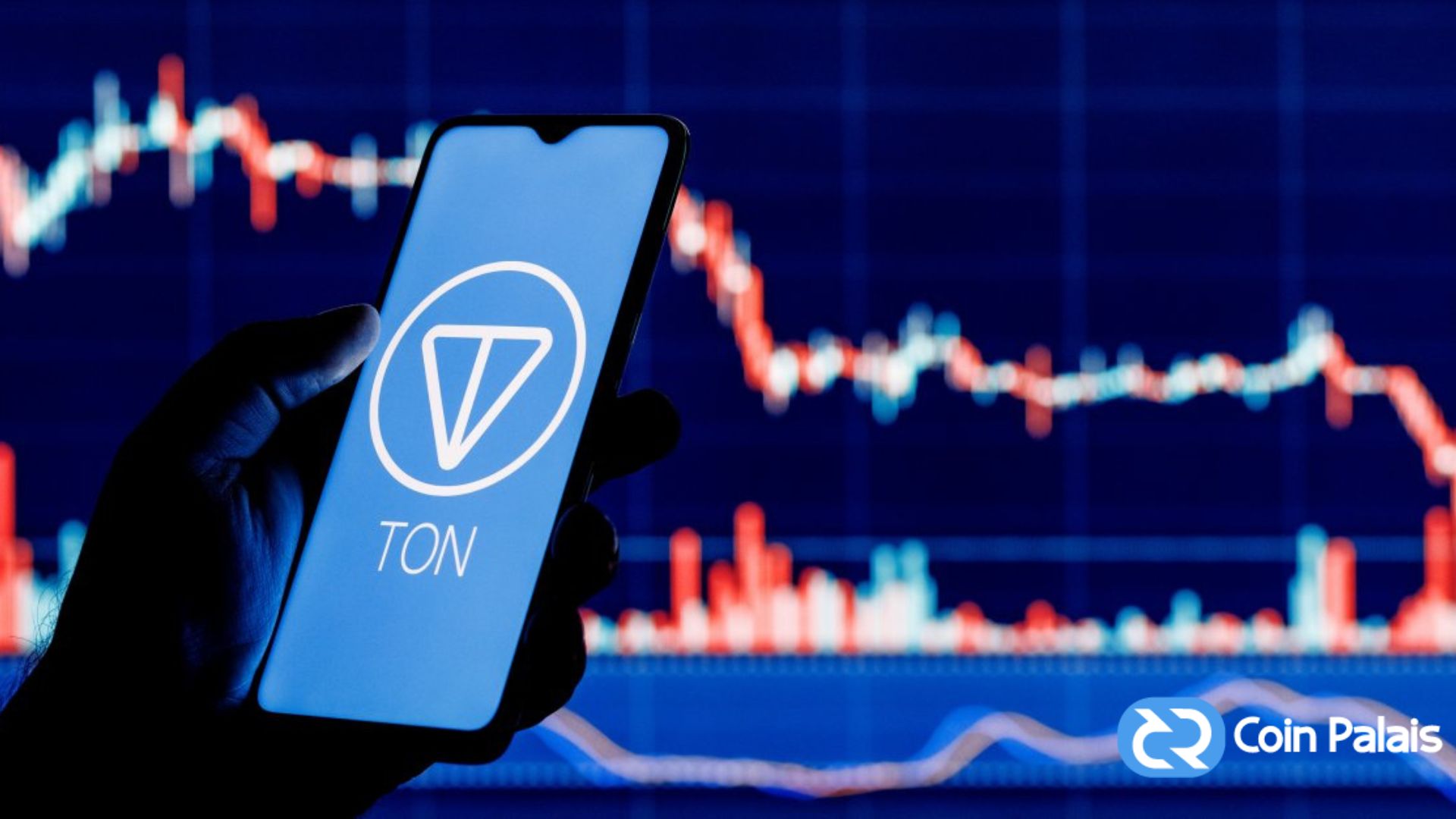Crypto Software Wallet Security: Everything You Need to Know

Crypto Software Wallet Security: Everything You Need to Know. With software wallets, users can access their digital assets whenever and wherever they like. However, that same connectedness also leaves mobile wallets open to theft and hacking. Software wallets rely on the user following recommended digital safety standards and the security protections already incorporated into the wallet to ensure their security.
Malware that steals funds and phishing techniques that attempt to gain essential data are only two of the many security challenges that digital assets like cryptocurrencies and nonfungible tokens (NFTs) confront. To use software wallets securely, one must get a solid grasp of security requirements. This article explains how to pick the best software wallet and covers installing a software wallet and safely managing it in detail.
Choosing the Right Software Wallet
Before making a choice, it is important to learn about the different software wallets and how they work. Software wallets employ public and private keys to store, transfer, and manage digital assets. While private keys are used to authorize transactions, public keys are used to receive cryptocurrency as wallet addresses. The difference between hardware and software wallets is that the former physically stores money while the latter provides access to digital assets on the blockchain. There are primarily three software wallets: desktop, mobile, and web.
Desktop wallets
Desktop wallets, like Exodus, are apps that let users safely store and manage private keys on their computers. They are a practical choice for facilitating the sending and receiving of cryptocurrency payments. To complete a transaction, users link their desktop wallets to the Internet. The user retains complete control over the funds but is also responsible for keeping the private keys secure since they are typically noncustodial.
Mobile wallets
You may access and manage your digital assets with a mobile wallet app, like Trust Wallet, installed on your smartphone. This wallet can scan QR codes, making it perfect for when you’re on the move. Integrating with the exchange is an extra feature of crypto exchange-developed mobile wallets.
Web wallets
Secure online wallets like MetaMask keep users’ private keys on a remote server. Though these wallets’ portability and ability to store money offline make them appealing, the fact that they rely on a third party (a crypto exchange or business) to store and manage the keys poses a security concern. A software wallet that makes transfers easy and secures one’s cryptocurrency holdings is essential. When deciding on a cryptocurrency wallet, it is important to consider the features of different wallets.
Tips for Choosing the Right Software Wallet

One needs to factor in several aspects when choosing a software wallet:
Security features
When dealing with attack vectors, consider security features like two-factor authentication (2FA) and support for multiple signatures. The software wallet should receive security upgrades on a regular basis, as malicious actors are constantly developing new methods to bypass the protection layer.
Supported cryptocurrencies
Explore the cryptocurrencies that the software wallet will accept. It is better to opt for a wallet compatible with many digital assets to avoid getting a new wallet every time you trade or store a currency.
User interface (UI)
Wallets with an easy-to-use UI enhance the user experience. Regardless of one’s skill level, such wallets simplify managing digital assets.
Setting up a Software Wallet
One needs to set up the software wallet before they begin working with it. Here is the process of setting up a software wallet:
Use the right source
If users don’t download the official wallet from the website, the App Store, or the Google Play Store, they can fall victim to phishing attacks. They need to verify the website’s validity by checking its URL twice.
Follow the installation instructions
It shouldn’t be too complicated, whether it’s a web app, a mobile app, or a desktop app. To ensure their device is compatible with the wallet, users need to grant the required permissions when asked.
How to Enhance Software Wallet Security

To ensure the secure storage of cryptocurrencies in software wallets, adopting advanced security practices is paramount:
Store the seed phrase securely
Users are prompted to produce a seed phrase during software wallet setup. This phrase can be used to access their crypto assets in the future. A master key to accessing cash is a string of words. The user must ensure its secrecy because the seed phrase grants access to the funds to anyone who knows it. If the user forgets their login password and the seed phrase, they will lose all access to their cash. Using the seed phrase, the user can regain access to the gadget in the event that they lose it or something goes wrong.
Use of password managers
It is critical to use robust passwords for all financial applications. Most people have trouble remembering all of the unique passwords they use online, meanwhile, adding another layer of complexity. Password managers make using and keeping track of strong passwords easier. The apps store the passwords for the wallets in a secure encrypted vault that requires a master password to access.
Strong password generation features, typically found in password managers, increase security by generating unique and difficult-to-crack passwords. In addition, the encryption employed by these administrators greatly reduces the likelihood of unauthorized individuals gaining access to the stored data without the master password, further strengthening the security.
Two-factor authentication (2FA)
Beyond the standard login and password systems, two-factor authentication (2FA) offers extra security. After activating two-factor authentication on software wallets, users may be required to input two separate codes sent to them via two separate channels to verify their identity.
For example, they may receive two codes: one by email and another on their phone. The user will only be able to access the application after correctly entering the password and two codes. A hacker who manages to get their hands on the password probably won’t be able to access the mobile device and email simultaneously. The dual-verification mechanism strengthens the protection against attempts at unauthorized access.
Multisignature wallets
To complete a transaction, wallets that support multiple signatures use a cooperative security mechanism that asks for approval from specific people. This method offers strong protection against misuse or unauthorized access to financial resources. An effective safeguard against illegal conduct is the requirement that each transaction have the separate consent of a certain number of parties.
Since this approach divides out the responsibility of protecting the wallet’s contents, it improves security and is suitable for any group that handles shared Bitcoin holdings. Multisignature wallets lessen the likelihood of failure due to a single point of failure because their joint authorization makes it possible.
Biometric authentication
A further safeguard that biometrics bring to cryptocurrency wallets makes it very unlikely that funds can be accessed without the user’s physical presence. The system uses biometric information to verify a user’s identity, such as a fingerprint, a face ID, or an iris scan. By incorporating biometric authentication into cryptocurrency wallets, the security risks linked to password-based systems can be significantly reduced. Safely accessing one’s funds with a simple touch or scan greatly improves the user experience.
Update software
The user must keep wallet software up-to-date. Patching vulnerabilities, adding functionality, and improving security are common goals of developers, who often make updates. The strategies employed by hackers are more likely to succeed against an un-updated cryptocurrency wallet.
Verify the authenticity of websites
Phishing efforts and dangerous websites that try to steal information from users’ devices should be considered. Consumers should ensure the website is legitimate before entering any critical information about their cryptocurrency wallet.
Avoid public WiFi
It is essential to have a private and secure internet connection when accessing a wallet or making transactions. The prevalence of unsecured public WiFi networks makes them prime targets for data interceptors.
Security and Convenience Should be Balanced
When designing software wallets, balancing ease of use and security is crucial. Choosing a trustworthy software wallet, safeguarding recovery phrases, and staying vigilant against possible security risks are all essential. If one follows all these steps, one can rest assured that their digital assets will be safe.





